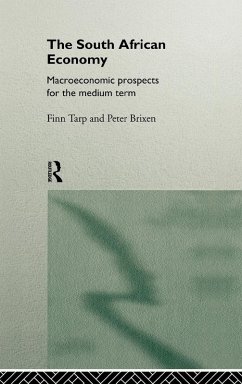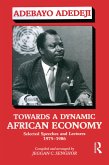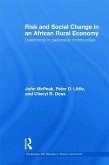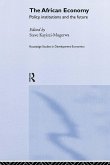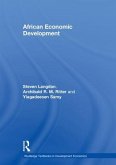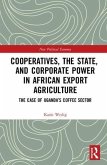What are the macroeconomic prospects for South Africa until the new millennium? Two methods of macroeconomic modelling, associated with the World Bank and IMF, are used here to generate three scenarios, based on moderately optimistic projections. The methodology used can be applied to other developing countries.
Hinweis: Dieser Artikel kann nur an eine deutsche Lieferadresse ausgeliefert werden.
Hinweis: Dieser Artikel kann nur an eine deutsche Lieferadresse ausgeliefert werden.

